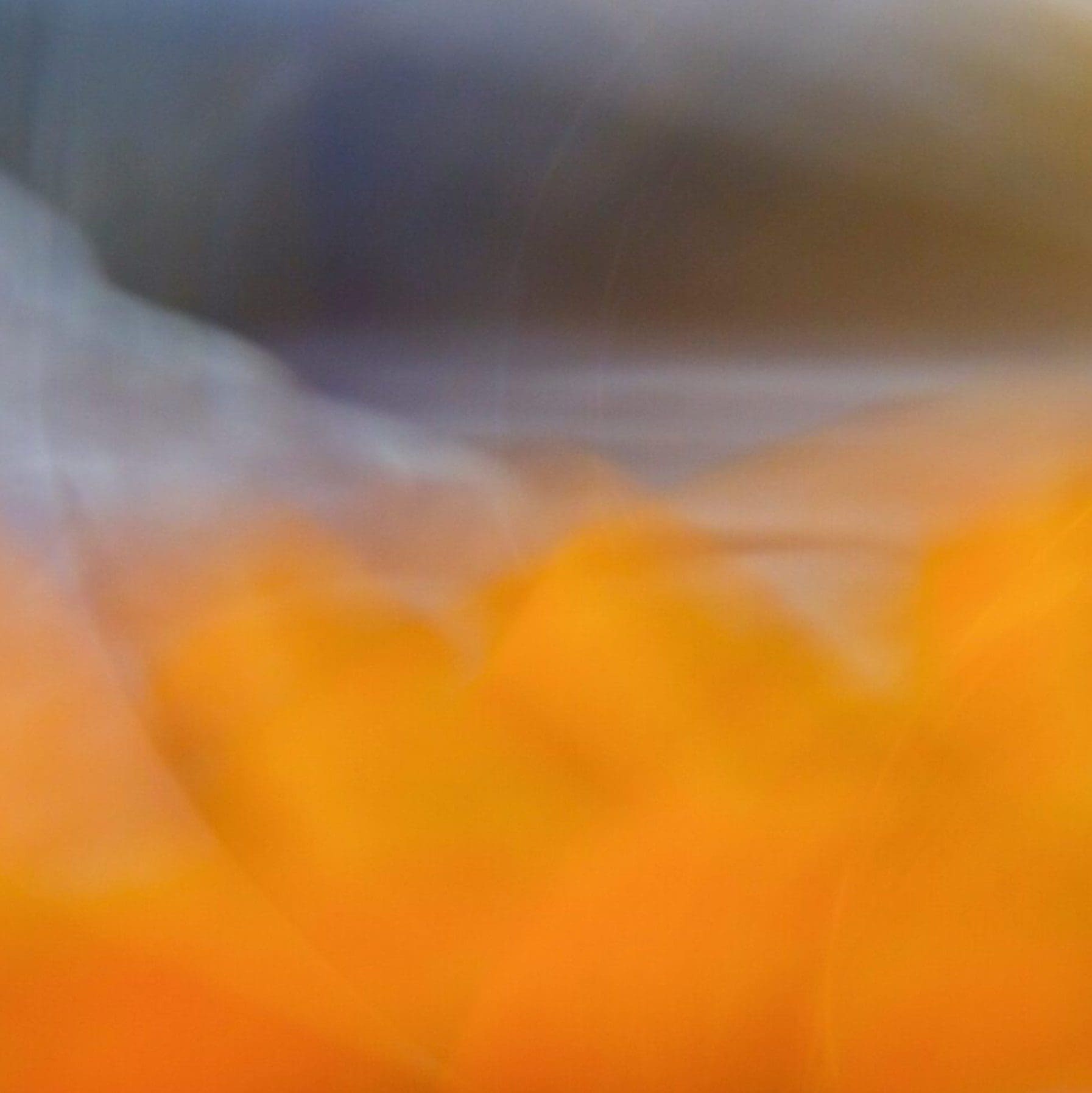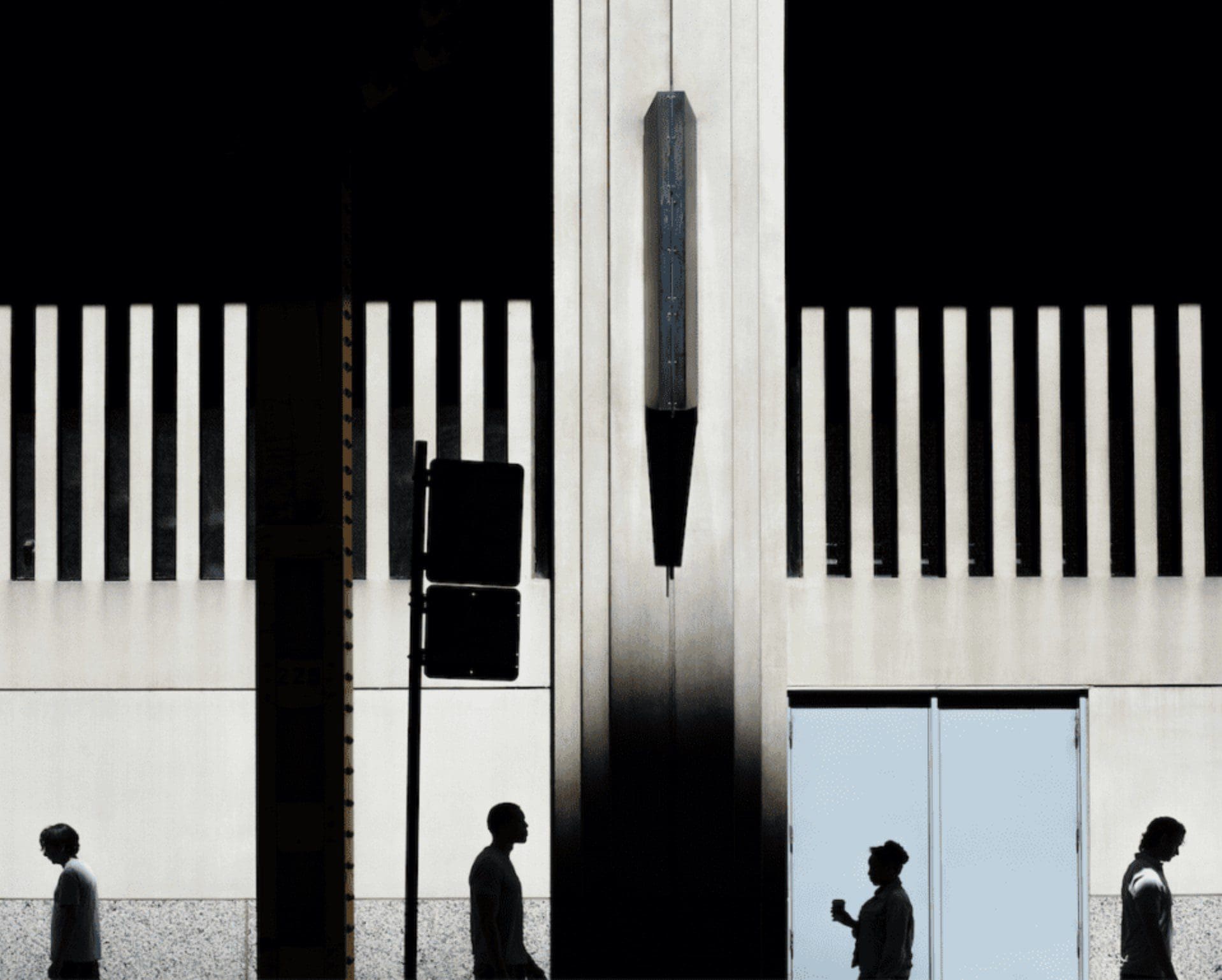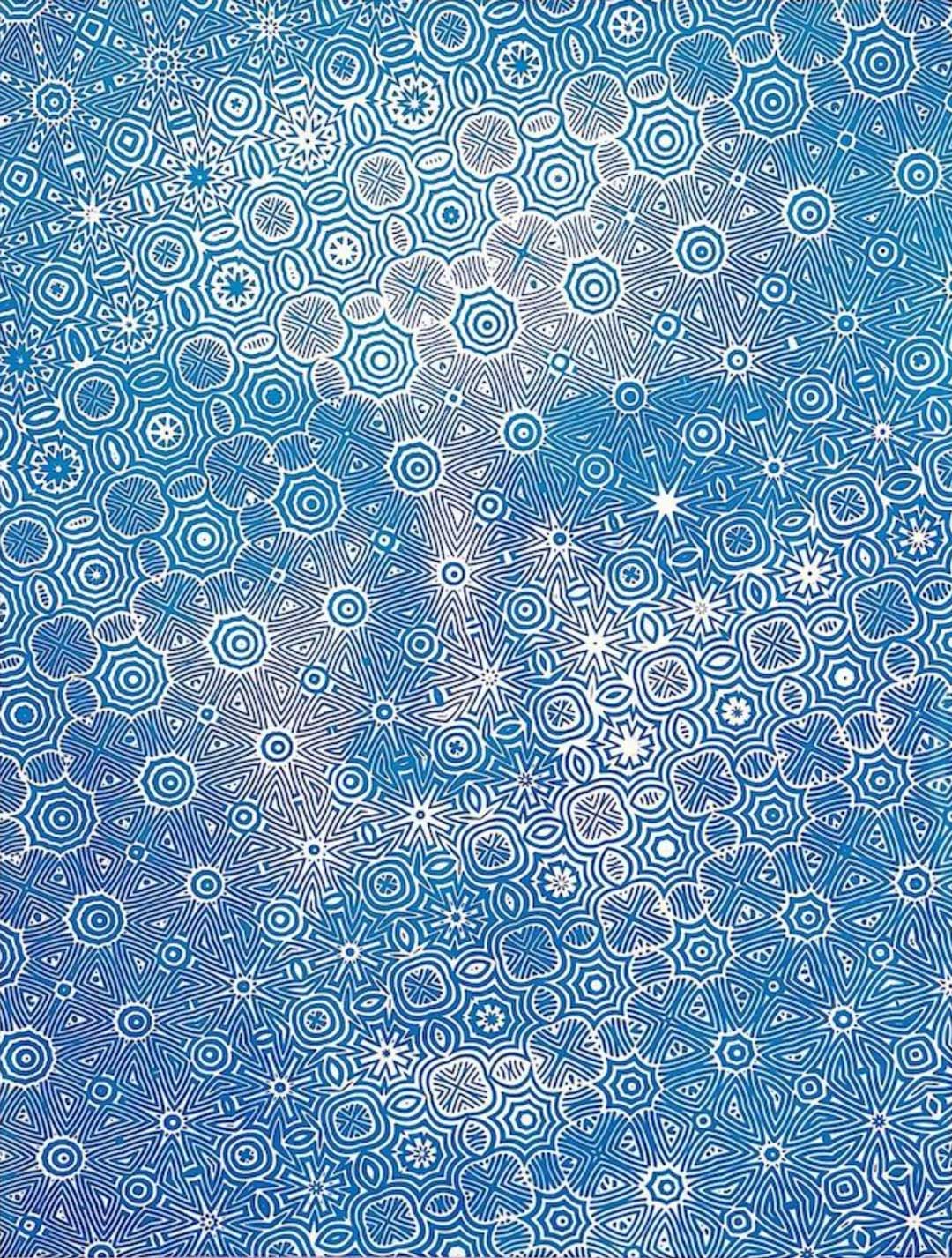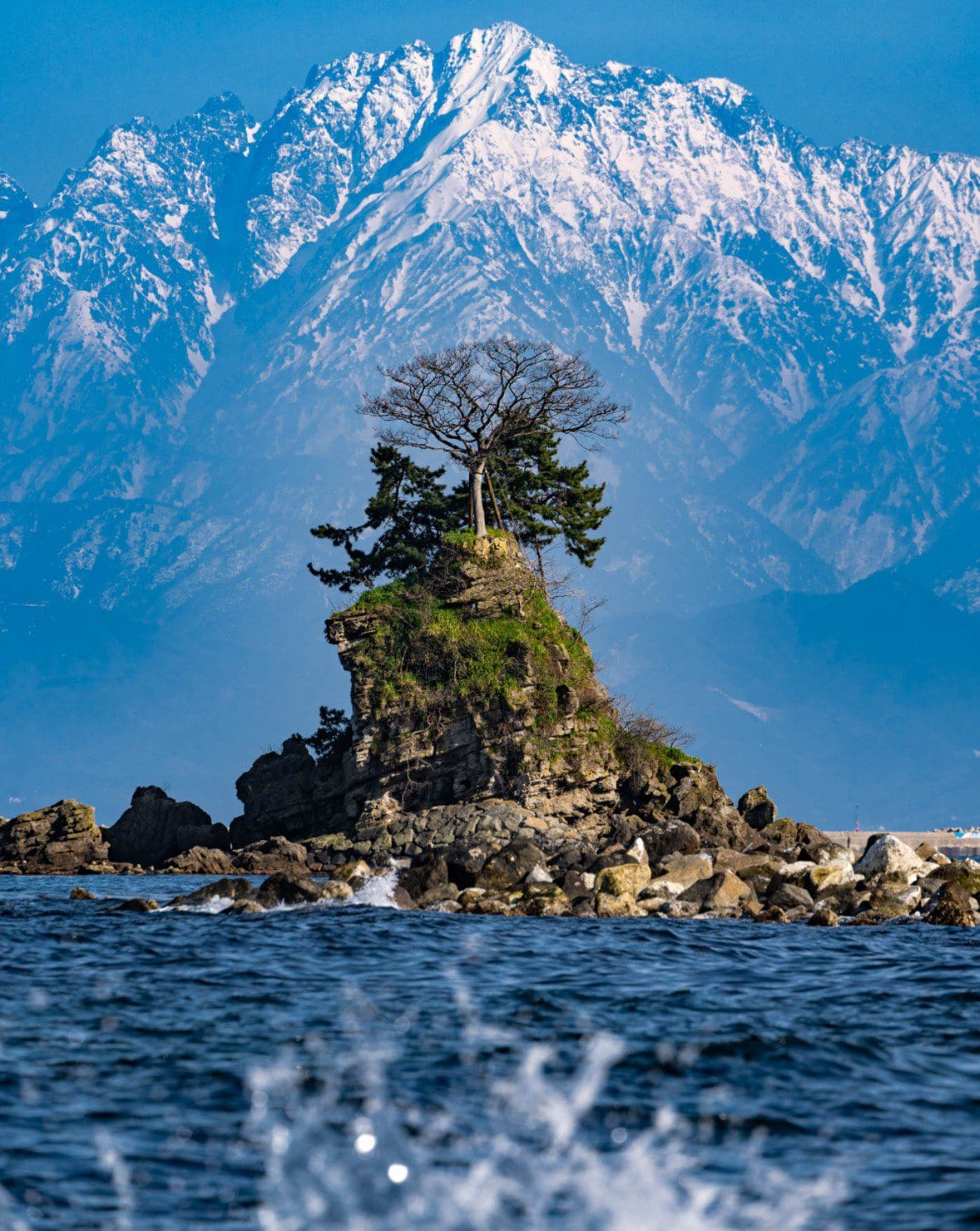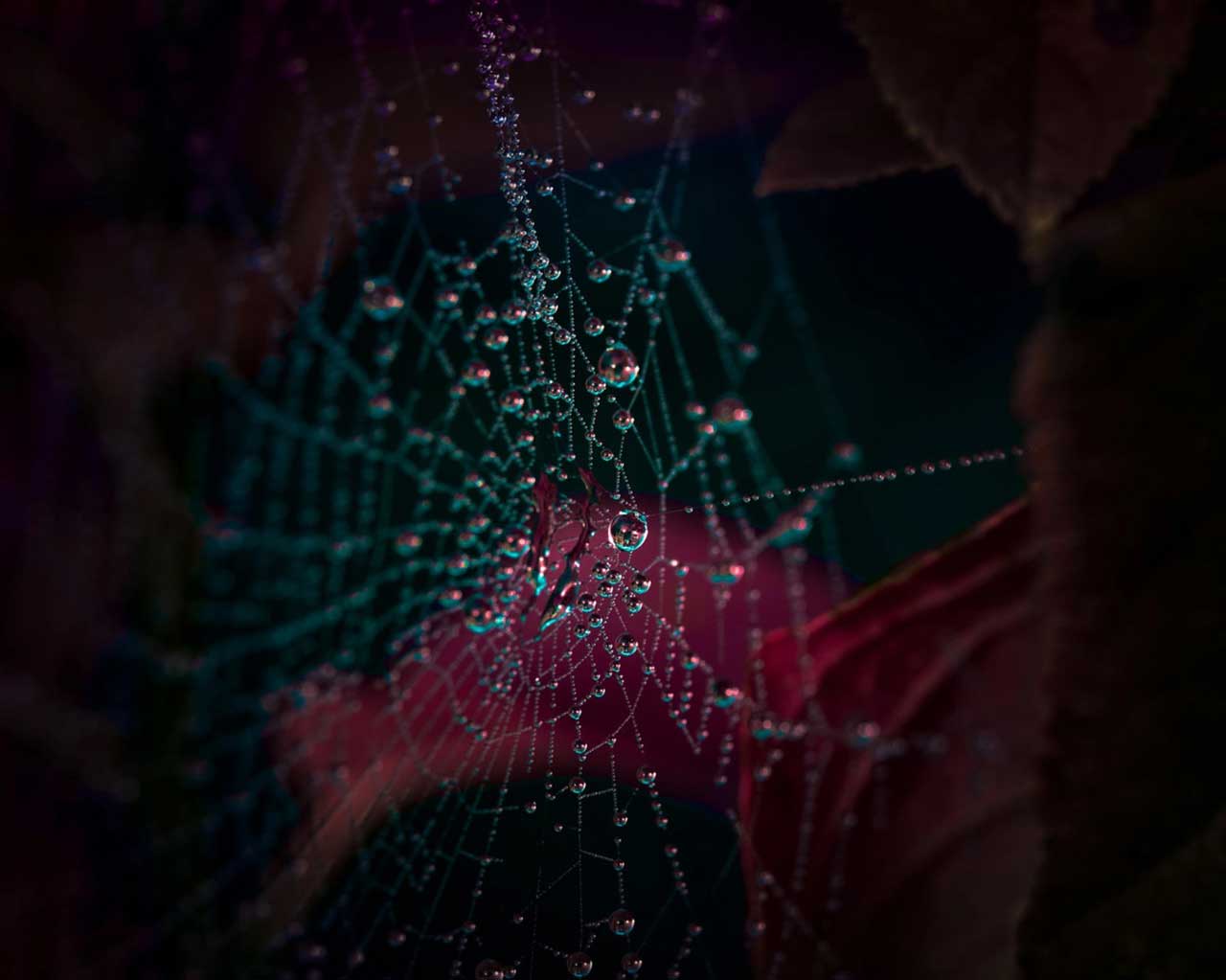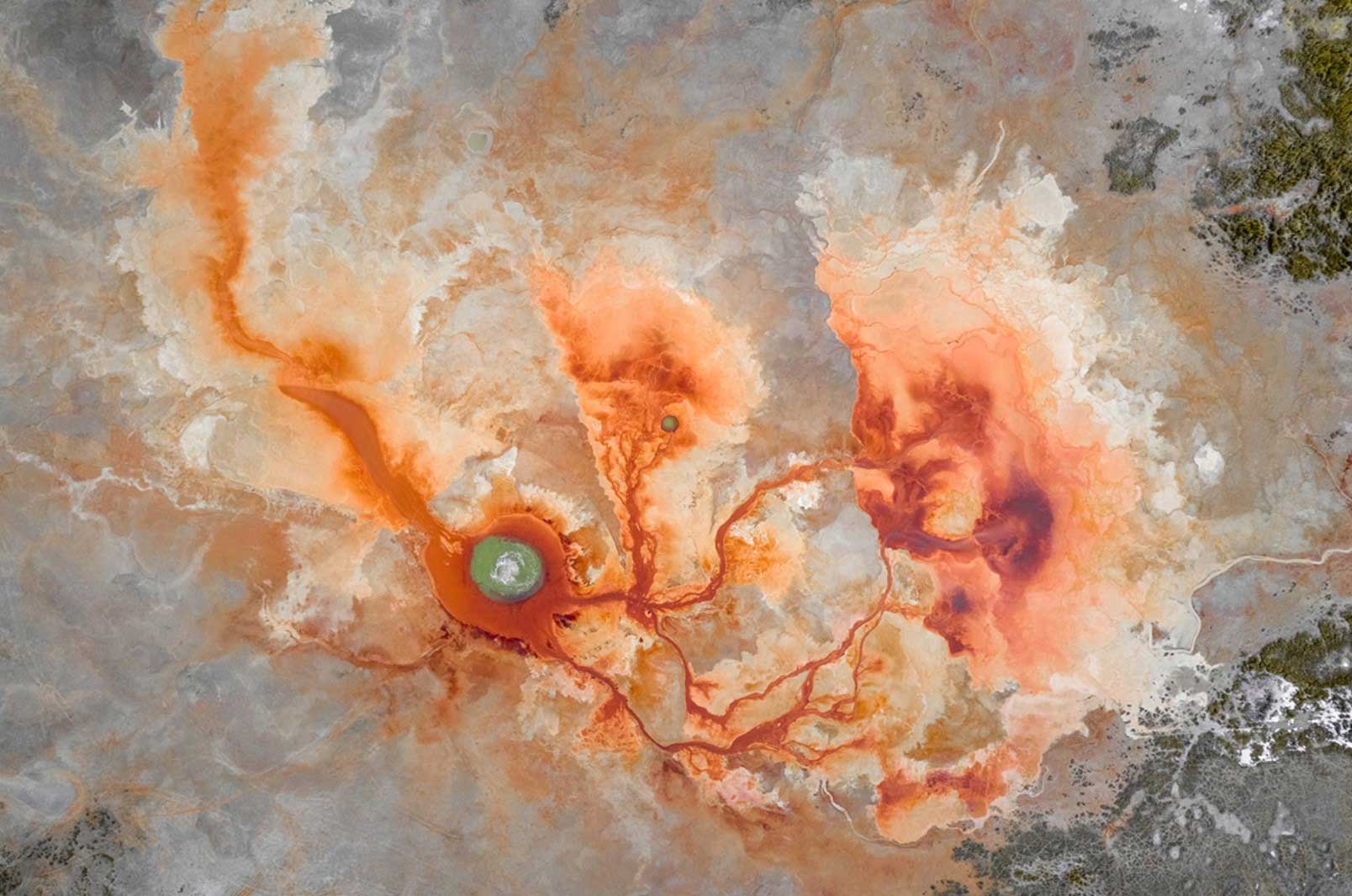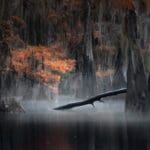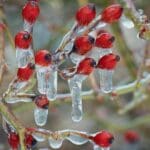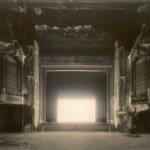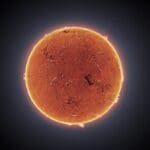Exploratory Techniques
German artist Natalie Truchsess has an extensive background in analogue documentary, landscape and portrait photography. In her current work she uses abstract photographs to explore the depiction of the subliminal, the unspeakable and the ephemeral.
A: In Issue 105 of Aesthetica, we feature a piece from the Metamorphose series. What is the process behind the work?
NT: It is a new approach to documentary photography that visualizes hidden parts of reality. This might sound strange at first, because my abstract photos don’t have much to do with the kind of documentary photography that some people may be familiar with.
I follow the same approach as in conventional documentary photography: I encounter a certain situation and then I photograph it without changing it. The crucial difference is the technique I use to capture the moment. I call it RCM (Remodel by Camera Movement) because I move the camera so fast during the shot that the contours of the photographed motifs dissolve, creating new images.

